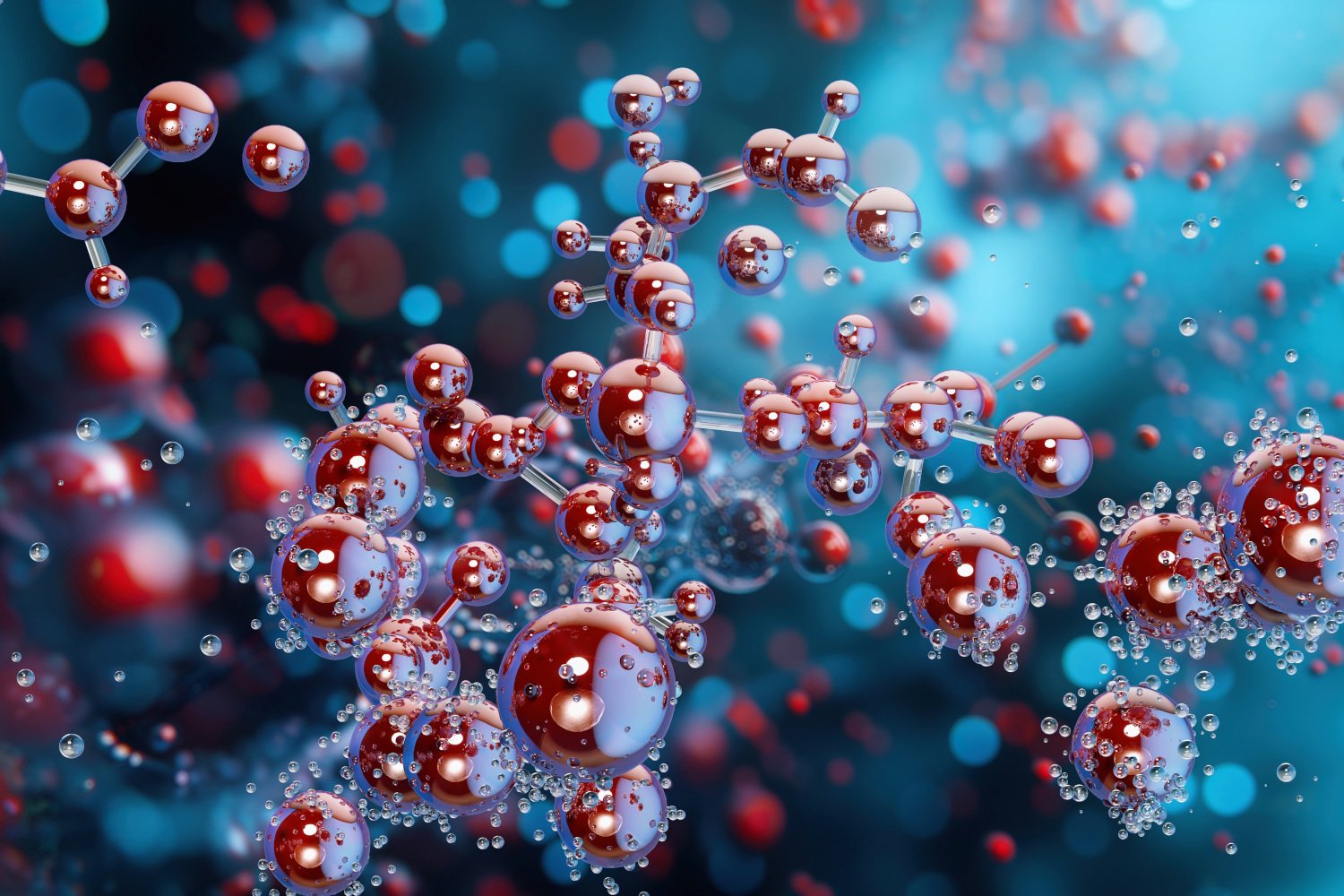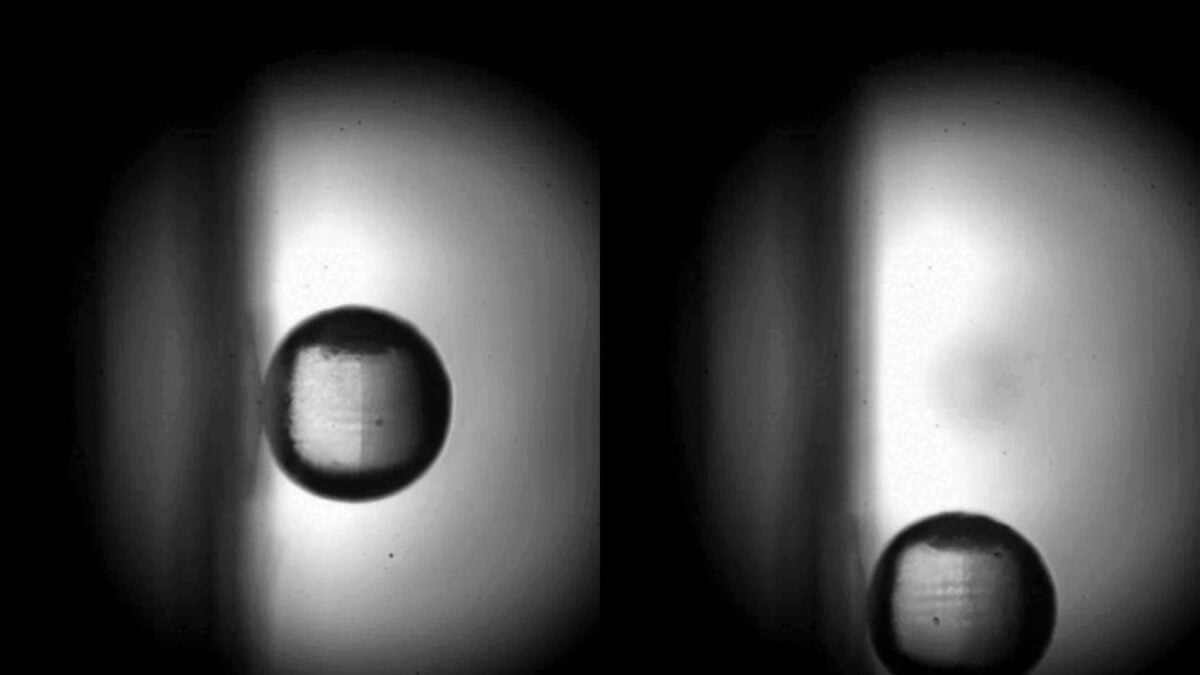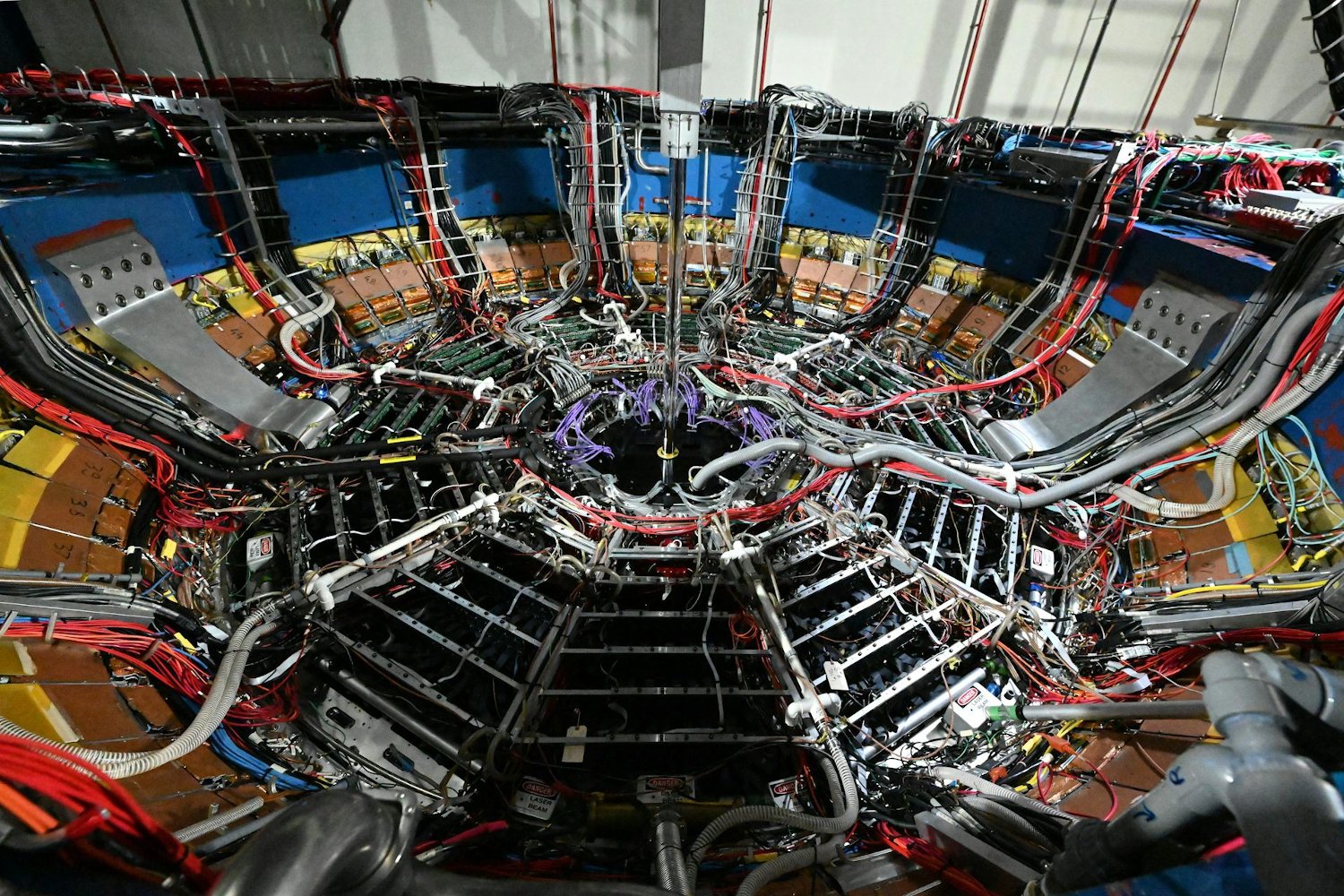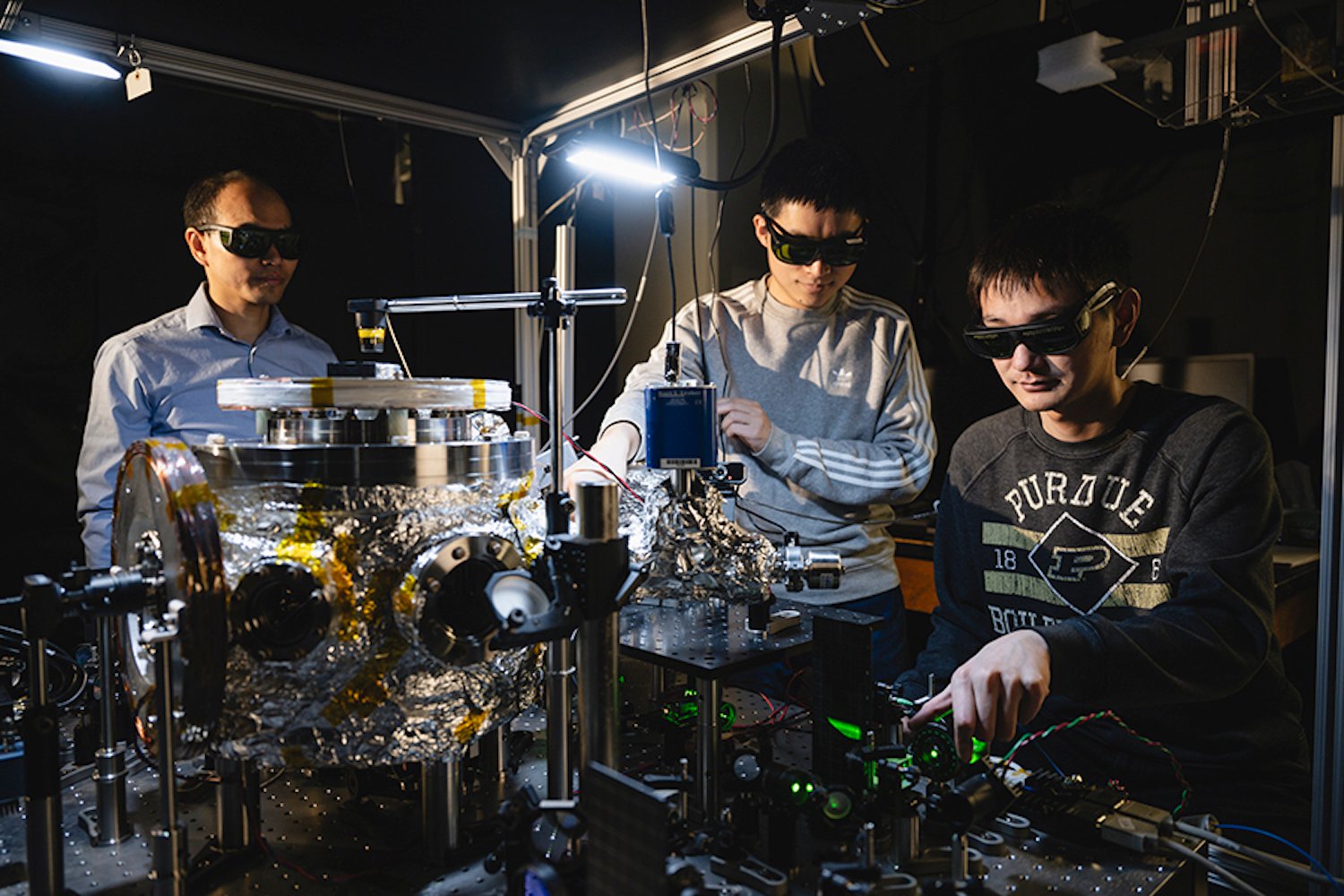The future of data storage might be more surprising than you think. Forget fingerprints and two-factor authentication; scientists are exploring the possibility of logging into computers using synthetic molecules embedded within plastic. A recent study published in the Cell Press journal Chem details how researchers successfully stored and retrieved an 11-character password encoded within the molecular structure of a piece of plastic. This innovative approach holds the potential to address the increasing demands for long-term, energy-efficient data storage solutions.
As study co-author Praveen Pasupathy, an electrical engineer at the University of Texas at Austin, explained, “Molecules can store information for very long periods without needing power. Nature has given us the proof of principle that this works.” This research marks a significant step forward, representing the first successful attempt to write information into a building block of plastic and retrieve it using electrical signals. This brings us closer to the possibility of storing information within everyday materials.
Current data storage methods face significant challenges. Traditional systems are not only expensive but also consume vast amounts of energy. Moreover, even the most advanced devices can only guarantee data integrity for up to a decade. Molecules like DNA offer a promising alternative due to their capacity to store large amounts of information over extended periods with minimal energy consumption. However, accessing this stored information often requires specialized equipment like mass spectrometers, posing a practical hurdle.
To overcome these limitations, the researchers developed molecules containing sequences of electrochemical information, readable via electrical signals. These password-encoding molecules consist of four building blocks, known as monomers, each possessing distinct electrochemical properties.
A 256-character alphabet was designed, with each character represented by a unique combination of these four monomers. To demonstrate the concept, the team created a polymer chain representing the 11-character password ‘Dh&@dR%P0W¢’.
A novel method for reading these electrochemical signals was also developed. These polymer chains have a unique characteristic: they can be sequentially broken down, one monomer at a time. The team decoded the password by sequentially removing monomers from the end of the chain and measuring their electrical properties using voltammetry. Each detached monomer generated unique electrochemical signals, enabling the researchers to successfully decode the stored password.
Currently, these molecules have a limitation: once broken down, they cannot reform automatically. This means the encoded message can only be read once. The decoding process is also relatively slow, taking approximately 2.5 hours for the 11-character password.
The researchers are actively working to improve the speed of the decoding process and ultimately integrate this technology with computer chips. As Eric Anslyn, a professor of chemistry at the University of Texas at Austin, noted, “Our approach has the potential to be scaled down to smaller, more economical devices compared to traditional spectrometry-based systems.” This breakthrough opens exciting possibilities for integrating chemical encoding with modern electronic systems and devices. While molecular passwords might not replace our current login methods immediately, they represent a promising step toward a future of more efficient and sustainable data storage.











